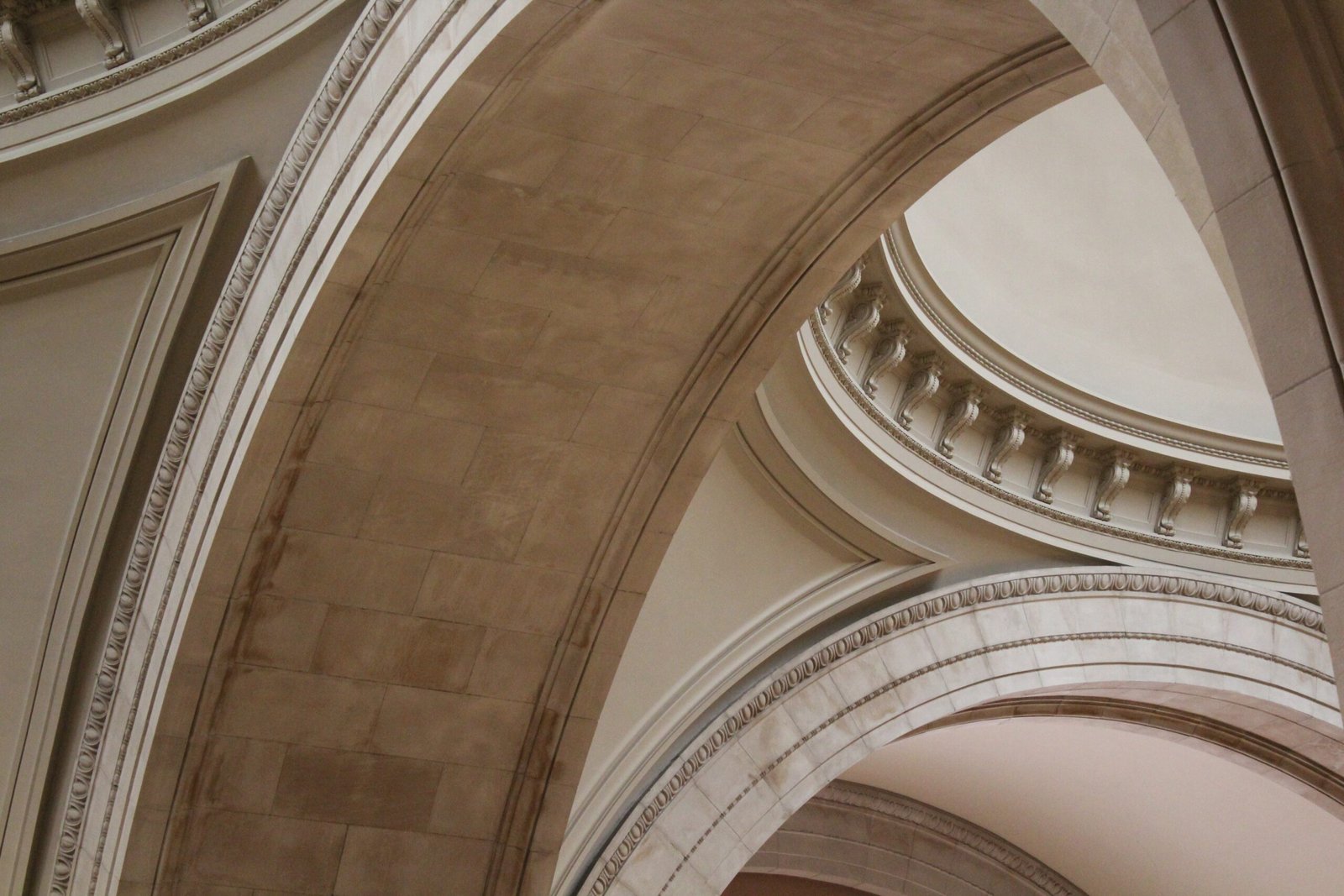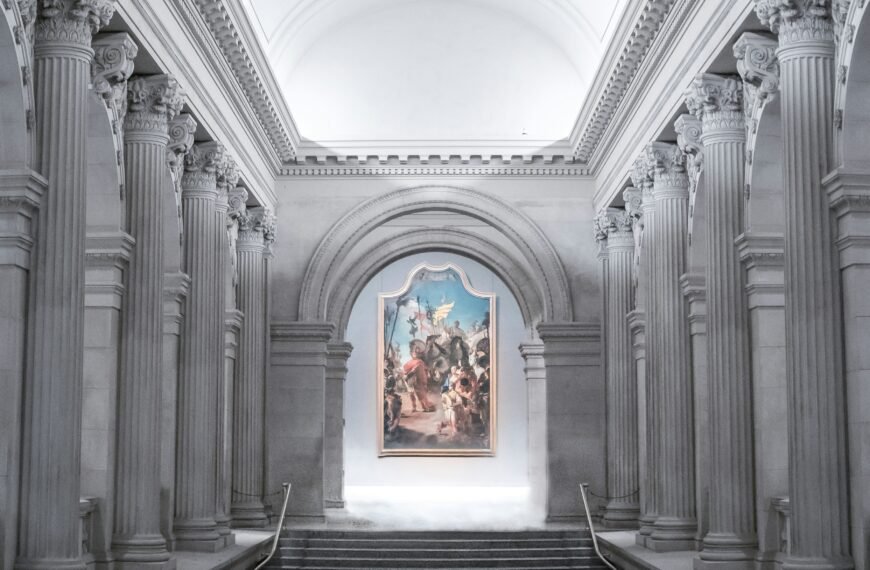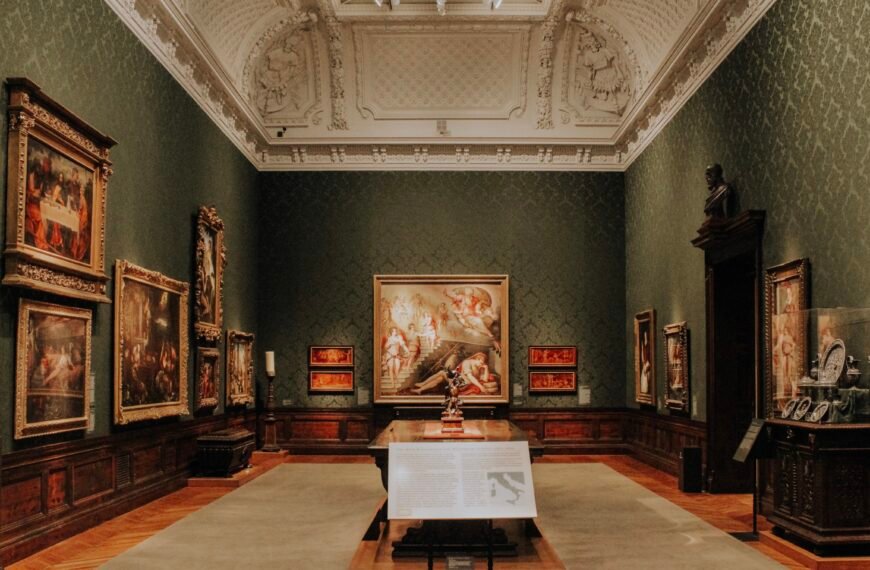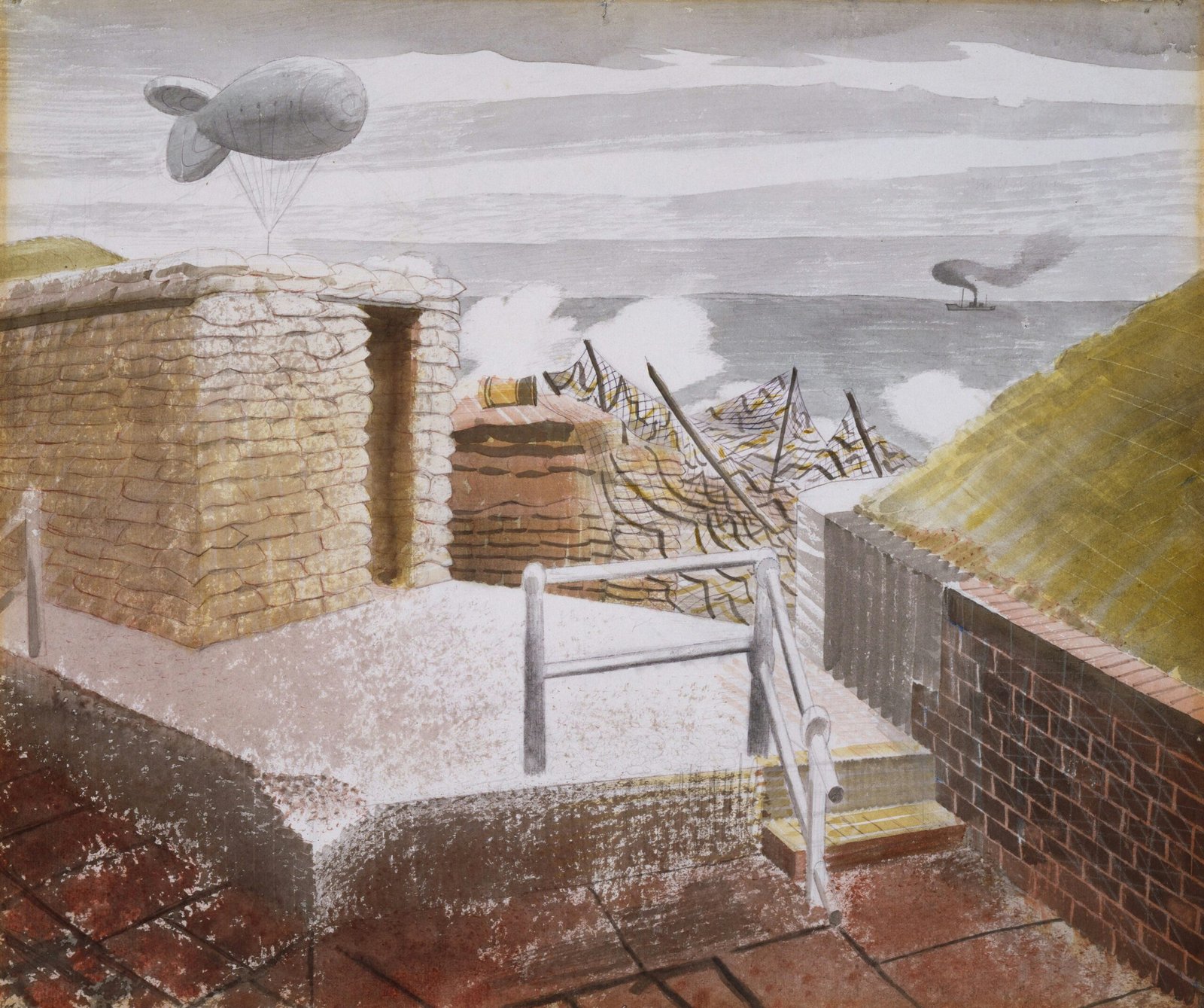Imagine stepping into a world full of wonders and history, where art whispers stories and artifacts ignite curiosity. In this article, we will explore the enchanting realm of museums and attempt to unravel the answer to the timeless question, “What is a museum?” Let us embark on a journey of discovery, where every corner holds treasures waiting to be admired and cherished. Are you ready to unlock the doors to knowledge, inspiration, and awe? Then come, let us wander the halls of the extraordinary and find out what makes a museum truly extraordinary.

Definition of a Museum
International Council of Museums (ICOM) Definition
According to the International Council of Museums (ICOM), a museum is defined as “a non-profit, permanent institution in the service of society and its development, open to the public, which acquires, conserves, researches, communicates and exhibits the tangible and intangible heritage of humanity and its environment for the purposes of education, study, and enjoyment.” This definition highlights the key elements and functions that museums fulfill in society.
Key Elements of a Museum
The key elements that define a museum are its non-profit nature, permanence, service to the community and society, public accessibility, acquisition and conservation of heritage, research and study, communication and exhibition of collections, and the aim of education, study, and enjoyment. These elements work together to create a comprehensive understanding of what a museum is and what it aims to achieve.
Types of Museums
There are numerous types of museums, each with its own focus and specialization. Some common types include art museums, natural history museums, science museums, history museums, cultural museums, and children’s museums. Each type of museum offers a unique perspective on various aspects of human culture, history, and the natural world, providing visitors with a diverse range of educational and cultural experiences.
History of Museums
Ancient Origins of Museums
The origins of museums can be traced back to ancient civilizations, where collections of objects were stored and displayed for various purposes. In ancient Egypt, for example, temples housed collections of art and artifacts. In ancient Greece, the concept of a museum was closely linked to education and the pursuit of knowledge. Ancient museums often served as centers for learning and philosophical discussion.
Evolution of Museums
Museums as we know them today began to evolve during the Renaissance period in Europe. The rise of the scientific method led to the establishment of curiosity cabinets or “wunderkammer,” which were private collections of objects gathered by wealthy individuals. These collections showcased a wide range of specimens, artifacts, and works of art, reflecting the growing interest in exploration, natural history, archaeology, and the arts.
Early Modern Museums
The early modern period saw the emergence of public museums, which aimed to make collections accessible to a wider audience. One of the earliest public museums was the Ashmolean Museum in Oxford, founded in 1683. This marked a shift from private collections to institutions that were open to the public and served educational and cultural purposes. Museums during this period often focused on natural history, archaeology, and anthropology.
Contemporary Museums
In the 20th and 21st centuries, museums have further evolved to embrace a broader range of disciplines and themes. Today, museums encompass a diverse range of subjects, including art, science, technology, history, and culture. They have also become important spaces for community engagement, social dialogue, and the exploration of contemporary issues. Modern museums strive to be inclusive, accessible, and relevant to a wide range of audiences.
Purpose and Functions of Museums
Preservation and Conservation
One of the primary purposes of museums is the preservation and conservation of cultural and natural heritage. Museums play a crucial role in safeguarding artifacts, artworks, specimens, and other objects of cultural, historic, or scientific significance. Through proper care and conservation techniques, museums ensure that these objects are protected and preserved for future generations.
Acquisition and Collection
Museums acquire objects through various means, including donations, purchases, and excavations. The process of acquiring objects is often guided by the museum’s collecting policy, which outlines the institution’s scope and criteria for acquisitions. Collections are carefully curated and documented, reflecting the museum’s mission and the significance of the objects within its holdings.
Research and Education
Museums serve as centers of research and education, facilitating the study and interpretation of their collections. Researchers, scholars, and students utilize museum resources for academic purposes, conducting studies, and contributing to the advancement of knowledge. Museums also provide educational programs and workshops, engaging visitors of all ages and backgrounds in interactive learning experiences.
Exhibition and Display
Exhibitions form an integral part of museums’ functions, allowing objects to be displayed, interpreted, and contextualized for visitors. Exhibitions may be temporary or permanent and can take a variety of forms, including curated displays, interactive exhibits, and multimedia presentations. Through exhibitions, museums communicate narratives, provoke thought, and engage visitors in a meaningful and transformative way.
Community Engagement
Museums strive to engage with their communities, fostering a sense of belonging and encouraging active participation. They organize outreach programs, workshops, and events that cater to diverse audiences, building connections and creating opportunities for dialogue. Museum initiatives also address social issues, promote inclusivity, and provide platforms for marginalized voices to be heard.
Cultural Representation and Identity
Museums play a crucial role in representing and preserving cultural identities. They provide a platform for communities to celebrate their heritage, traditions, and artistic expressions. By displaying diverse cultural artifacts and narratives, museums promote understanding, tolerance, and appreciation of different cultures, fostering a sense of unity and global citizenship.
Museum Collections
Types of Objects
Museum collections encompass a wide variety of objects, each with its own historical, cultural, or scientific significance. Art museums house paintings, sculptures, and other artistic media, while natural history museums collect specimens, fossils, and geological materials. History museums feature historical artifacts, documents, and memorabilia, while science museums showcase scientific instruments, technological artifacts, and interactive displays.
Acquisition of Objects
Museums acquire objects through various means. Donations from individuals or organizations are a common source of acquisitions, with benefactors contributing artworks, artifacts, or scientific specimens to enrich museum collections. Museums also engage in purchasing objects, sometimes participating in auctions or negotiating with private collectors. In certain cases, museums conduct their own archaeological excavations or scientific research, acquiring objects through these fieldwork activities.
Cataloging and Documentation
Once objects are acquired, museums meticulously catalog and document each item to ensure proper identification and traceability. Cataloging involves assigning unique identifiers, recording detailed descriptions, and capturing essential information about an object’s provenance, condition, and historical context. Documentation serves as a vital resource for researchers, curators, and conservators, enabling them to study and interpret the objects within the collection.
Collection Management
Collection management involves the care, conservation, and storage of museum objects. It encompasses a range of activities, including preventive conservation, inventory management, preservation techniques, and storage facility maintenance. Museums adhere to ethical guidelines and best practices to ensure the long-term preservation and accessibility of their collections.

Museum Architecture and Design
Historical Influence on Museum Architecture
Museum architecture has been influenced by various historical styles and movements, reflecting the evolving functions and aspirations of these institutions. Classical architecture, with its grand facades and monumental spaces, played a significant role in shaping early museum buildings. Neoclassical styles, such as Greek Revival and Beaux-Arts, were prominent during the 18th and 19th centuries, while modernist and contemporary designs have emerged in recent decades.
Contemporary Trends in Museum Design
Contemporary museum design emphasizes functionality, flexibility, and innovation. Architects aim to create spaces that engage visitors and enhance the overall museum experience. Light-filled atriums, open-plan galleries, and interactive exhibition spaces are common features in modern museum design. Sustainable design principles, such as energy efficiency and the use of eco-friendly materials, have also become increasingly important in creating environmentally conscious museum buildings.
Exhibition Spaces
Exhibition spaces are carefully designed to showcase collections, create immersive experiences, and communicate narratives effectively. The layout, lighting, and display techniques all contribute to the visitor’s understanding and appreciation of the objects on display. Museums may utilize a combination of traditional display cases, digital screens, multimedia installations, and interactive elements to engage visitors and provide a multi-sensory experience.
Visitor Experience
Museum design prioritizes the visitor’s experience, aiming to create welcoming, accessible, and inclusive spaces. Wayfinding systems, intuitive navigation, and clear signage help visitors navigate large museum complexes and find their way to specific exhibits. Accessibility features, such as ramps, elevators, and sensory-friendly spaces, ensure that museums are inclusive and cater to diverse audiences with varying needs.
Museum Curators and Professionals
Roles and Responsibilities of Curators
Curators are essential professionals in the museum field, responsible for the research, development, and interpretation of exhibitions and collections. Curators conduct scholarly research, acquire new objects, curate exhibitions, and collaborate with other museum professionals and external stakeholders. They play a crucial role in shaping the museum’s narrative, ensuring the authenticity and accuracy of the collections and fostering engagement with visitors.
Other Museum Professionals
In addition to curators, museums employ a diverse range of professionals to fulfill specific roles. These include educators who develop educational programs and facilitate learning experiences, conservators who preserve and restore objects, collections managers who oversee cataloging and storage, exhibition designers who create visually engaging displays, and administrators who handle operations, finance, and marketing. Each professional contributes their expertise to the successful functioning of the museum.
Qualifications and Training
A career in the museum field often requires a combination of education, training, and practical experience. Many curators and museum professionals hold advanced degrees in fields such as art history, archaeology, natural sciences, or museum studies. Training programs, internships, and hands-on experience offer valuable opportunities to develop specialized skills and gain practical knowledge. Continuous professional development and staying updated with industry trends are also essential for those working in museums.
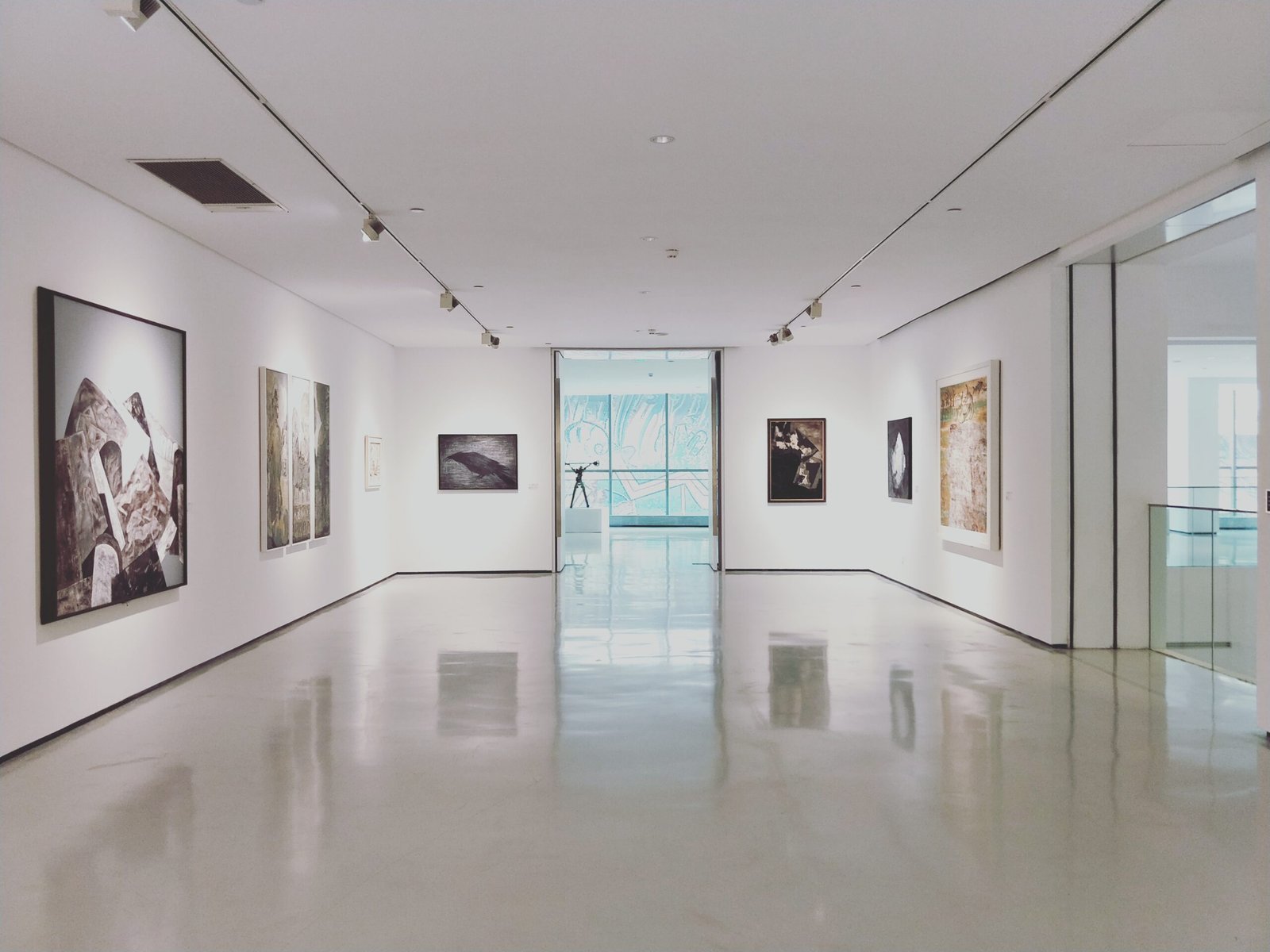
Museum Funding and Governance
Government Funding
Museums around the world receive funding from various government sources at the national, regional, and local levels. Governments recognize the cultural, educational, and economic value that museums bring to their communities and allocate financial resources accordingly. Funding may come in the form of grants, subsidies, sponsorships, or tax incentives. However, government funding for museums can vary significantly depending on political priorities, economic conditions, and cultural policies.
Private Funding
Private funding plays a crucial role in supporting museums, often complementing government funding. Private donors, philanthropic foundations, and corporate sponsorships provide financial resources to museums, enabling them to undertake special projects, exhibitions, conservation efforts, and educational programs. Endowments, bequests, and memberships also contribute to the sustainability of museums, securing long-term funding for their operations.
Public-Private Partnerships
Public-private partnerships have become increasingly common in museum funding models. Collaborations between museums, corporations, foundations, and individuals allow for shared resources, expertise, and financial investment. These partnerships can help leverage private funding and access additional resources, enabling museums to undertake ambitious projects, expand their collections, and reach wider audiences.
Museum Governance Models
Museum governance refers to the structures and processes by which museums are managed and governed. Governance models vary depending on factors such as the museum’s legal status, ownership, and funding sources. Non-profit museums are often governed by a board of trustees or directors, responsible for strategic planning, financial oversight, and ensuring the museum’s mission is upheld. Government-owned museums may be governed by cultural ministries or agencies responsible for cultural heritage.
Challenges Faced by Museums
Financial Constraints
One of the primary challenges faced by museums is securing adequate financial resources to sustain their operations, maintain collections, and carry out educational programs and exhibitions. Economic fluctuations, budget cuts, and competing funding priorities can pose significant financial constraints on museums, limiting their ability to fulfill their missions and deliver quality experiences to visitors.
Preservation and Conservation Issues
Preserving and conserving museum collections is a constant challenge. Objects are subject to deterioration, damage, and decay over time, requiring ongoing efforts to ensure their long-term survival. Museums must invest in conservation techniques, appropriate environmental controls, and preventive measures to safeguard their collections from factors such as light, humidity, pests, and aging materials.
Ethical Concerns
Museums face ethical dilemmas related to their collections, particularly when it comes to objects with contested or controversial histories. Issues such as repatriation, restitution, and cultural appropriation pose challenges for museums in navigating the ethical dimensions of their acquisitions and displays. Striking a balance between cultural sensitivity, respect for Indigenous rights, and historical interpretation is an ongoing concern for museums around the world.
Technological Advancements
Technological advancements present both opportunities and challenges for museums. On one hand, digital tools and platforms offer new ways to engage visitors, provide virtual access to collections, and enhance the museum experience. On the other hand, museums must constantly adapt to technological changes, invest in digital infrastructure, and ensure that their online presence aligns with their mission and values.
Visitor Engagement and Relevance
Ensuring visitor engagement and maintaining relevance in a rapidly changing society is a perpetual challenge for museums. Museums must continually innovate, develop dynamic exhibitions, and utilize interactive technologies to capture the interest and imagination of visitors. Understanding the evolving needs, preferences, and expectations of diverse audiences is essential for museums to remain vibrant and meaningful cultural institutions.
Museum Ethics and Guidelines
ICOM Code of Ethics
The International Council of Museums (ICOM) has developed a Code of Ethics for museums that provides guidelines for professional conduct and the ethical responsibilities museums have towards their collections, staff, visitors, and partners. The ICOM Code of Ethics emphasizes principles such as integrity, respect for cultural diversity, transparency, informed consent, and the importance of ethical decision-making in all aspects of museum work.
Repatriation and Restitution
Repatriation and restitution are complex issues that museums grapple with when faced with requests for the return of cultural objects to their countries of origin or communities of heritage. Museums engage in dialogue and negotiations to address historical injustices, colonial legacies, and the rightful ownership of objects. These discussions raise questions of cultural heritage, identity, and the responsibilities of museums to act ethically and fairly.
Provenance Research
Provenance research involves tracing the ownership history of museum objects to ensure their legal and ethical acquisition. This research is important in addressing issues of looting, illegal trade, and Nazi-era spoliation. Museums carry out provenance research to establish the rightful ownership and history of objects within their collections, facilitating transparency and adherence to legal and ethical standards.
Cultural Sensitivity
Museums must approach cultural representation with sensitivity and respect. Cultural stereotypes, misinterpretation, and appropriation can be harmful and perpetuate cultural misunderstandings. Museums should engage communities and individuals in the interpretation and representation of their own cultures, ensuring their voices are heard and respected. Collaboration, consultation, and ongoing dialogue are essential to creating inclusive and culturally sensitive museum experiences.
Controversies and Debates
Museums often find themselves in the midst of controversies and debates surrounding sensitive issues such as human remains, sacred cultural objects, or disputed histories. These debates require museums to engage in open dialogue, transparency, and robust ethical decision-making processes. Balancing different perspectives, respecting cultural sensitivities, and taking into account the interests of multiple stakeholders is essential in navigating these complex issues.
The Future of Museums
Digitalization and Virtual Museums
The future of museums is closely intertwined with digitalization and the emergence of virtual museums. Digital technologies offer museums the ability to reach global audiences, provide interactive experiences, and offer virtual access to collections. Virtual reality (VR) and augmented reality (AR) technologies allow visitors to immerse themselves in virtual exhibitions and explore museum content from the comfort of their own homes.
Inclusivity and Accessibility
Museums are increasingly focusing on inclusivity and accessibility, ensuring that their spaces and programs are welcoming to individuals of diverse backgrounds and abilities. Museums are developing initiatives such as sensory-friendly spaces, audio descriptions, and closed-captioning to make their exhibitions and programs accessible to individuals with disabilities. Inclusivity also extends to engaging communities and promoting diverse voices in museum narratives.
Technological Innovations
Technological innovations continue to shape the future of museums. Advancements in artificial intelligence (AI), robotics, and immersive technologies offer possibilities for enhancing visitor experiences, providing personalized engagements, and creating interactive learning environments. Museums are exploring ways to incorporate these technologies into their exhibitions and educational programs, while also weighing the ethical implications and maintaining a balance between technology and authenticity.
Sustainability and Environmental Consciousness
Museums are increasingly embracing sustainable practices and prioritizing environmental consciousness. Buildings are being designed with energy-efficient features, and museums are striving to reduce their carbon footprint and minimize waste. Exhibitions and programs may focus on issues such as climate change, biodiversity, and sustainable living, promoting awareness and inspiring visitors to adopt environmentally responsible behaviors.
In conclusion, museums play a vital role in society as important spaces for education, preservation, and cultural engagement. Defined by the International Council of Museums, they serve as repositories of humanity’s tangible and intangible heritage, fulfilling key elements and functions such as acquisition, conservation, research, education, exhibition, community engagement, and cultural representation. With their diverse collections, architectural designs, and dedicated professionals, museums continue to adapt to evolving challenges and embrace opportunities presented by technology, ethics, and the changing needs of visitors. The future of museums promises to be dynamic, inclusive, and sustainable, ensuring their enduring relevance and impact in the years to come.

